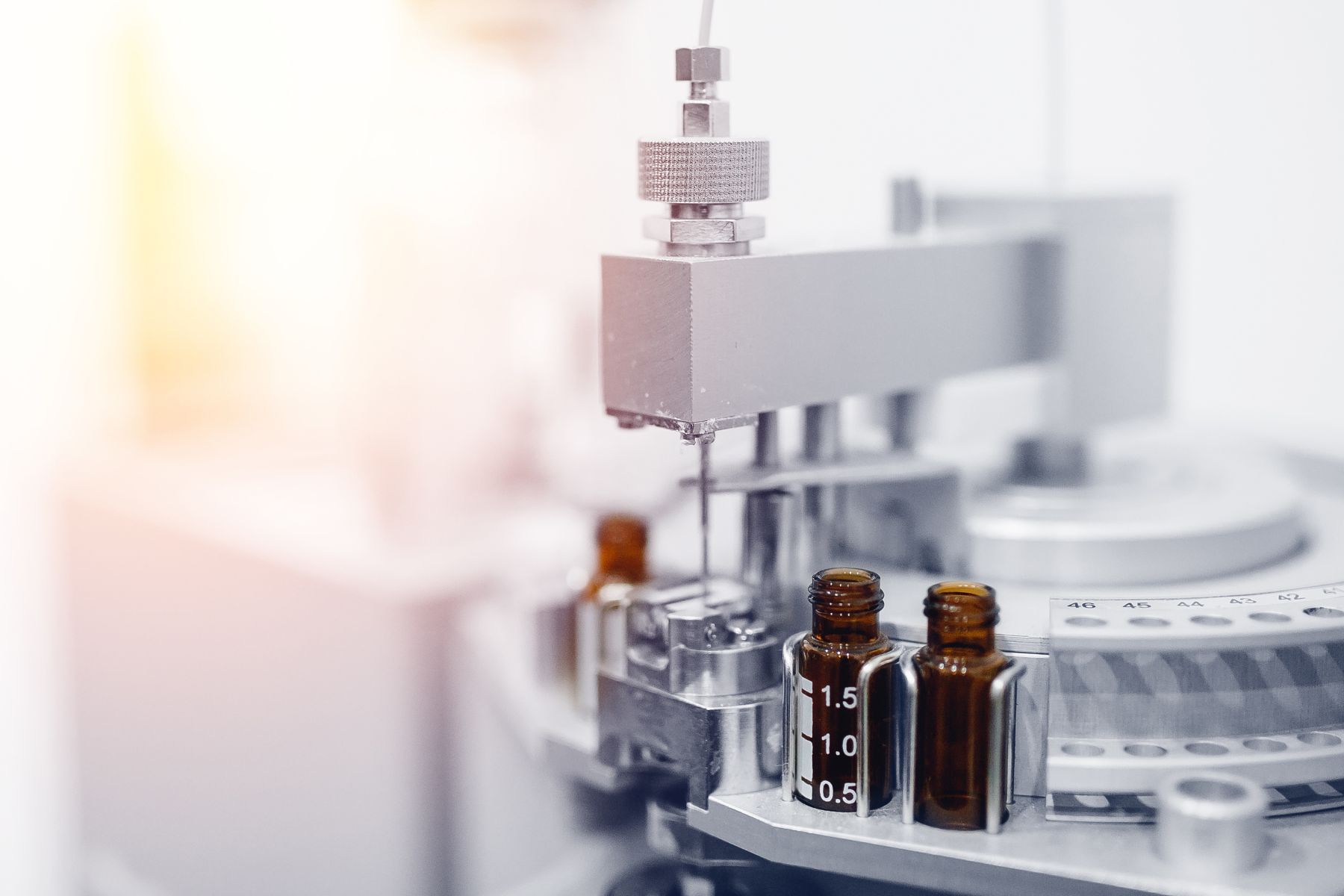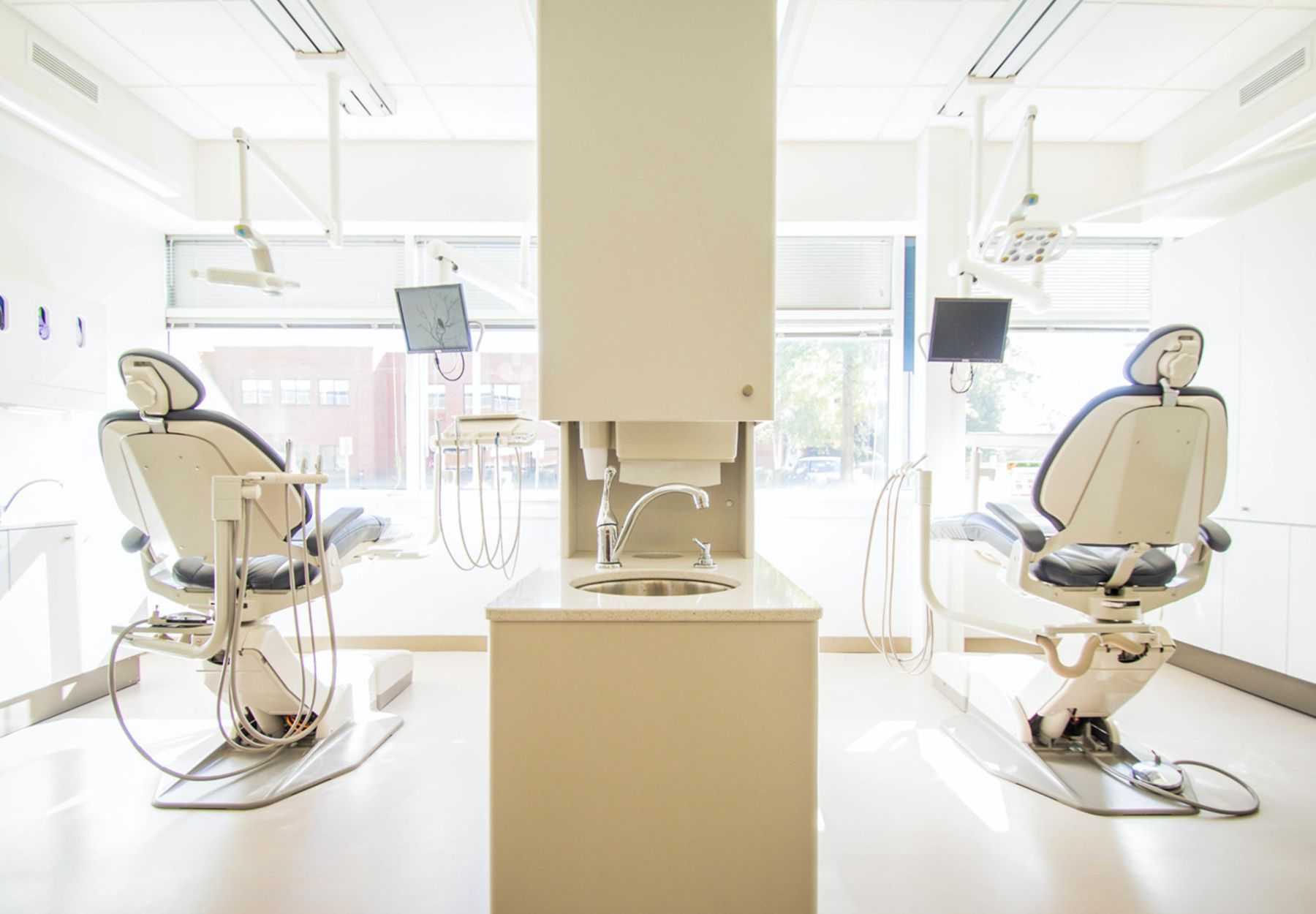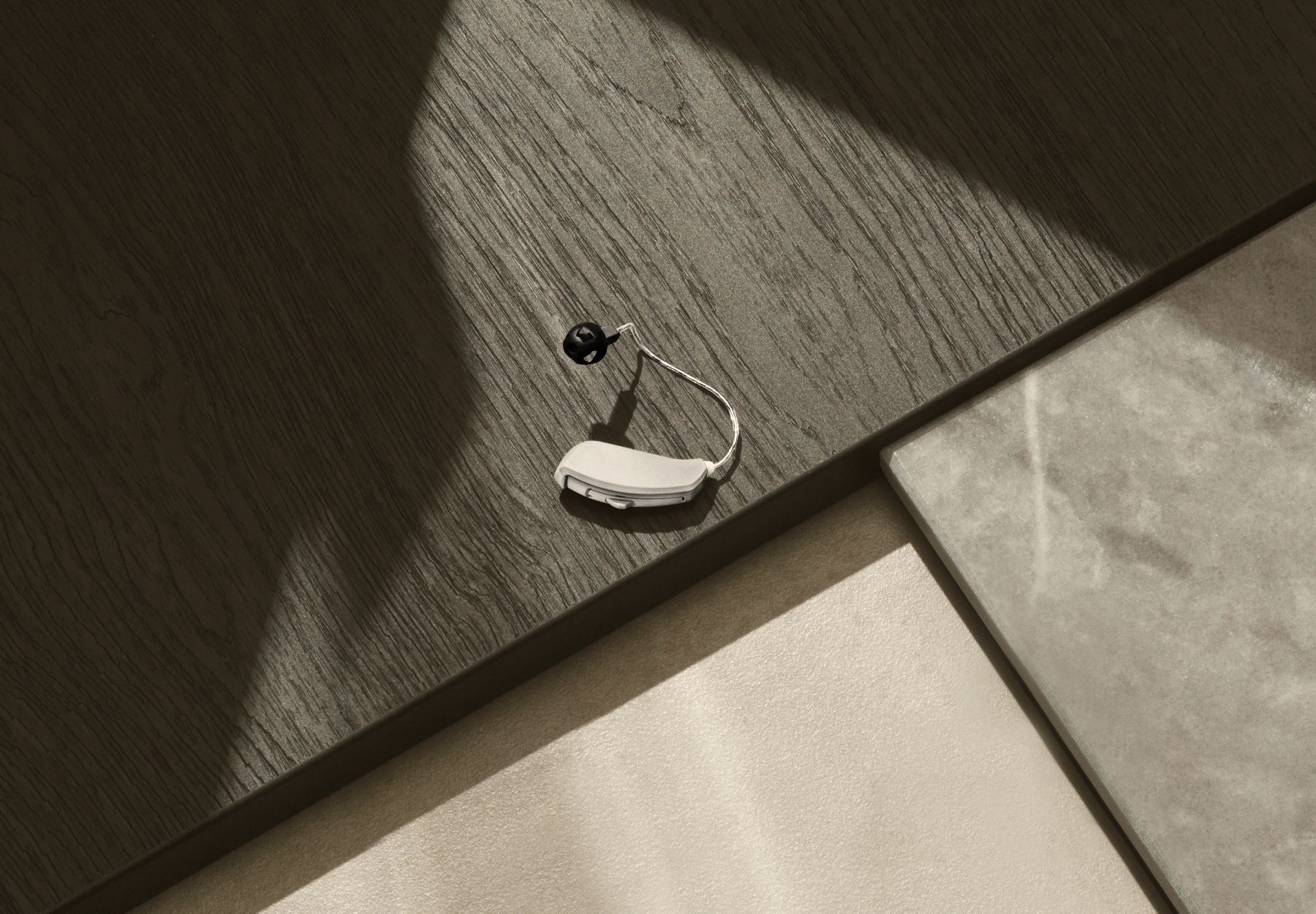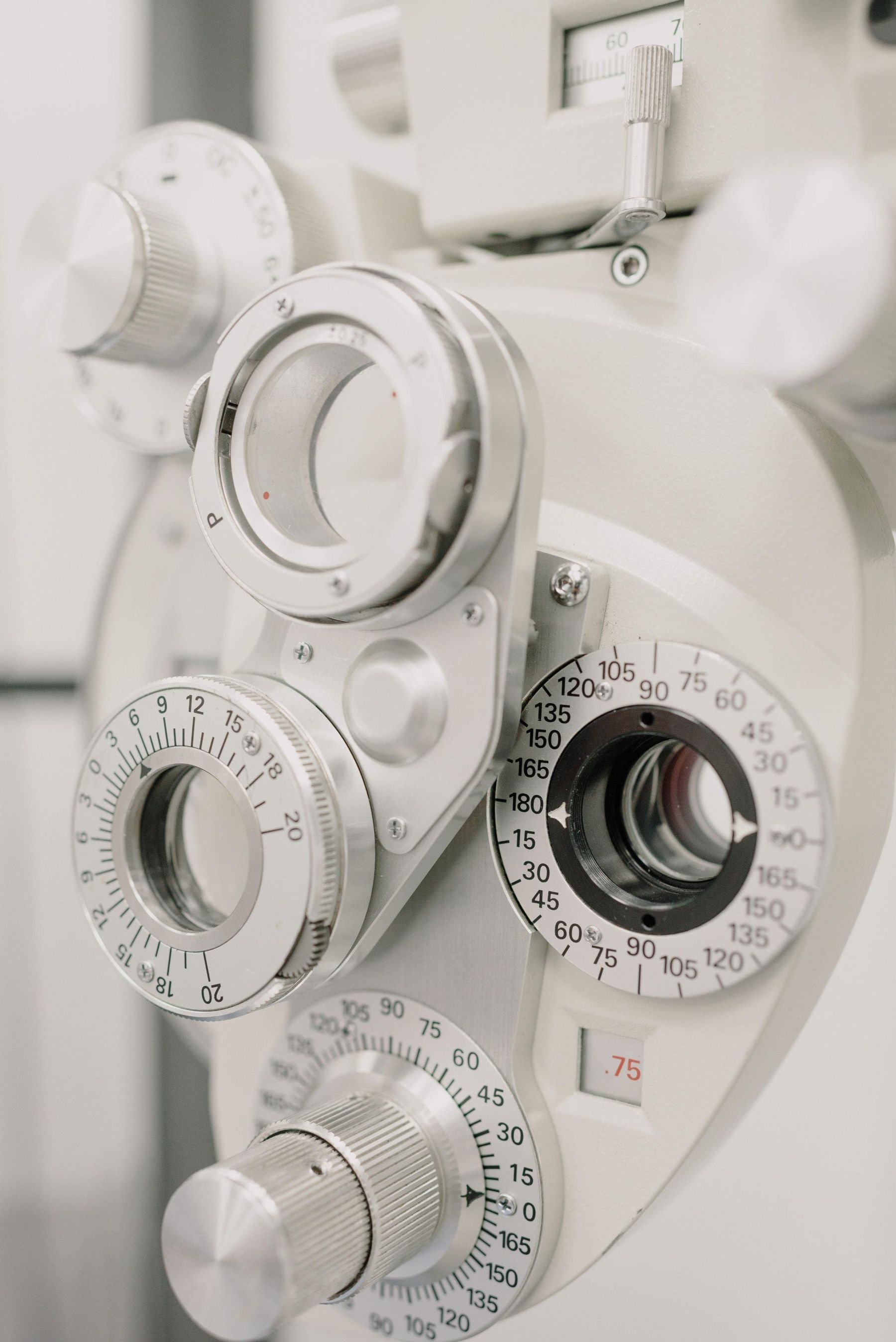Dysport and Botox have a lot in common. However, there are also a few critical differences between them in terms of how they work and what it’s like to receive them.
What Can Botox Injection Do That Dysport Cannot?
Dysport and Botox injections can clear away wrinkles between the eyes and on the face; they also share an ability to treat spasticity (muscle stiffness). However, Botox has a broader set of indications and can result in more substantial medical problems.4
United States Food and Drug Administration. Highlights of prescribing information: Botox (onabotulinumtoxinA) for injection, for intramuscular, intradetrusor, or intradermal use.
According to the FDA, Botox can treat crow’s feet, laugh lines, and other types of wrinkles on the face or forehead due to aging, whereas Dysport is only approved for glabellar lines.4
Medical Uses of Botox
Botox injection treats a wide range of medical issues. Such therapeutic indications include:4
Which Is Cheaper?
Various factors determine how much you pay for Dysport and Botox. Generally, cosmetic procedures, such as removing laugh lines, aren’t covered by insurance, but medical uses may be.
The cosmetic or medical professional administering the treatment can also influence the cost. For instance, plastic surgeons may be costlier than registered nurses. Before undergoing treatment, talk to your provider’s office about how much you can expect to pay.
When comparing pricing, the costs of these treatments are per unit or individual shot. Botox injections cost anywhere from $10–$25 per unit.5
In comparison, individual units of Dysport are $4–$8 per unit, but it typically requires three times the amount of units to achieve an effect. Still, the Dysport may be less expensive.
Which Lasts Longer?
Dysport and Botox offer temporary results, with the effects of the botulinum toxin eventually wearing off and requiring additional therapy. Individual cases vary, but Botox tends to last three to four months, with some seeing an effect of up to six or more months.6 The same is true for Dysport, with results expected to last 12–16 weeks.2
However, a critical difference between the two is that Dysport tends to set quicker than Botox. It takes five days to see the full results of Botox, whereas the effects of Dysport are typically seen within two to three days. That said, it may take up to 14 days for complete results for both options.7
Is Dysport More Natural Looking?
Dysport and Botox are effective in reducing wrinkles and lines. Because the composition of Dysport includes specific proteins alongside the botulinum toxin A, it can spread further in the face. Some find it to have a more natural-looking appearance.
One study found that 86.5% of people using Dysport for glabellar lines reported complete satisfaction three months following the initial injection.8 However, people reported comparable results with Botox. In a study of efficacy for crow's feet for two types of Botox conducted in Japan, 75.8% and 80.8% of subjects reported satisfaction with the treatment at 30 days after treatment.9
Both approaches were well tolerated and led to significant improvements in appearance.
Is Dysport More Painful?
Dysport and Botox rely on targeted injections, which cause a pinch but are known to be tolerable. One comparative study noted that Dysport might cause less pain on injection than its counterpart.7










